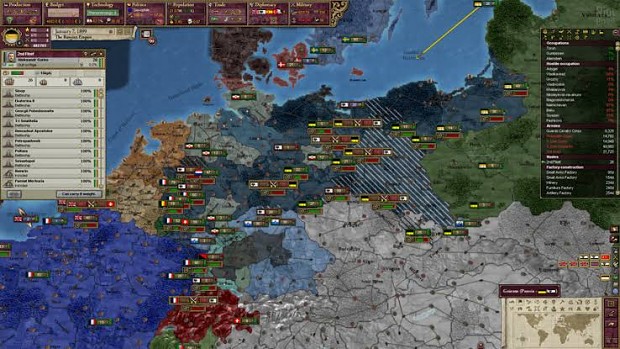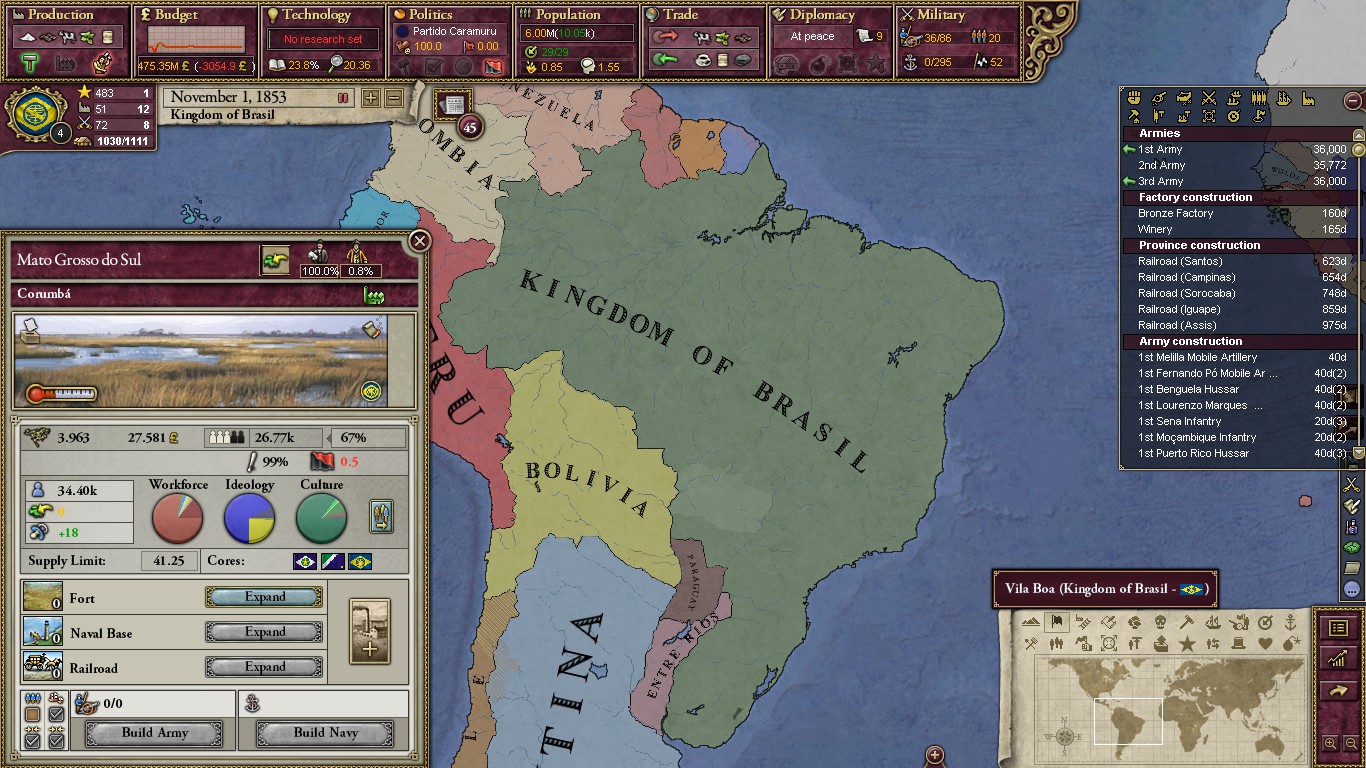

Built on an elevated platform, this comparatively modern temple is built entirely of white marble and dominates the skyline of south Jaipur. The Lakshmi-Narayan Temple, or the Birla Temple, as it is more popularly known as, is located at the base of Moti Dungari. Today, the Mahal is maintained by the Archaeological Department of the Government of Rajasthan and also houses an archaeological museum in the courtyard. However, it is also possible to climb right up to the top for a wonderful view from the windows. Built from pink sandstone, the Hawa Mahal is Jaipur’s iconic landmark and visitors can view its complete magnificence from outside, from across the road.
Victoria 2 heart of darkness mod fort windows#
The windows also serve as an air-conditioner of sorts, blowing cool air throughout the palace, making it the perfect retreat during summers. This unique five-storey structure is a blend of Hindu and Islamic architecture, and the exterior, with its small latticed windows (called jharokhas), resembles the crown of Lord Krishna. It also served as a place where the ladies of the royal household could observe everyday life without being seen themselves. Hawa Mahal, literally the Palace of Winds, was built in 1799 by the poet king Sawai Pratap Singh as a summer retreat for him and his family. Other than the arms, the palace is adorned with beautiful paintings on the ceiling that are well-maintained. The Maharani's Palace, surprisingly, has an interesting display of very well-preserved Rajput weaponry, some dating back to the 15th century. The clothes of Maharaja Sawai Madho Singh I are also on display. Mubarak Mahal now houses the Maharaja Sawai Man Singh II Museum and displays a vast and unique collection of royal costumes, delicate Pashmina (Kashmiri) shawls, Benaras silk saris, and other dresses with Sanganeri prints and folk embroidery. The City Palace Complex includes the Mubarak Mahal (the palace of reception) and the Maharani’s Palace (the palace of the queen). Maharaja Sawai Jai Singh II is credited with building most of the structures, but it was expanded upon by later rulers as well. A beautiful fusion of Mughal and Rajput architecture, the palace is still home to the last ruling royal family which lives in a private section of the palace. Located deep within the walled city, the City Palace Complex was conceived and built by Maharaja Sawai Jai Singh II, the founder of Jaipur. Originally a small structure that the Rajputs won from the Meena tribes, it was later transformed into the grand Amber Palace.

The palace is nearly seven centuries old and has a legendary past. The splendour of the palace is enhanced by the breath-taking vista of the Maota Lake in front. Made entirely of red sandstone and white marble, visitors are left spellbound by the magnificence of the palace that utilises carvings, precious stones and mirrors. The contrast between the harsh exterior and the inviting interior couldn’t be more surprising. Raja Man Singh I began construction in 1592 and the palace, which was built as a strong, safe haven against attacking enemies, was completed by Mirja Raja Jai Singh. The palace, located in craggy hills, is a beautiful melange of Hindu and Mughal styles. Now a UNESCO World Heritage Site, it was the bastion of the Kachwahas of Amber, until the capital was moved to the plains, to what is today Jaipur. Noted architect Vidyadhar Bhattacharya used the established principles of Vastu Shastra to build the city.Īmber (pronounced Amer) is at a distance of about 11 kilometres from Jaipur. He shifted his capital from Amber to the new city because of the rapidly-growing population and an increasing water scarcity. Jaipur traces back its origins to 1727 when it was established by Jai Singh II, the Raja of Amber. Jaipur rises up majestically against the backdrop of the forts Nahargarh, Jaigarh and Garh Ganesh Temple. The pink that colours the city makes for a marvellous spectacle to behold.

Since the colour pink was symbolic of hospitality, Maharaja Ram Singh of Jaipur painted the entire city pink. The story goes that in 1876, the Prince of Wales visited India on a tour. The bustling modern city is one of the three corners of the golden triangle that includes Delhi, Agra and Jaipur.

Renowned globally for its coloured gems, the capital city of Rajasthan combines the allure of its ancient history with all the advantages of a metropolis. Planned by Vidyadhar Bhattacharya, Jaipur holds the distinction of being the first planned city of India.


 0 kommentar(er)
0 kommentar(er)
